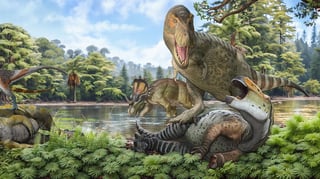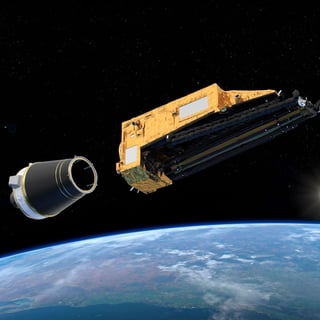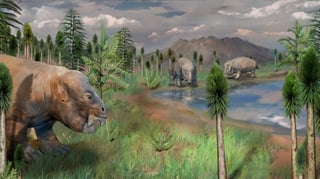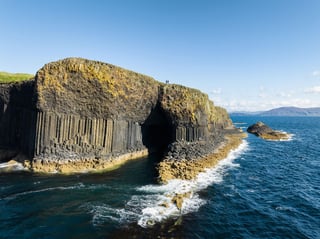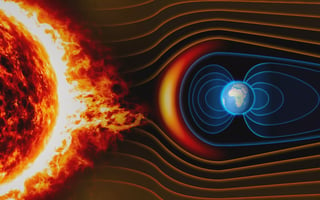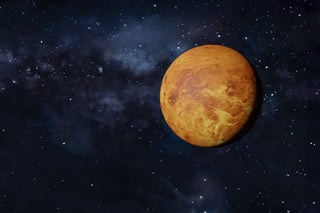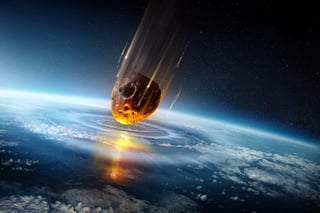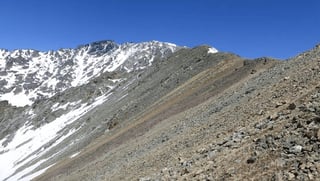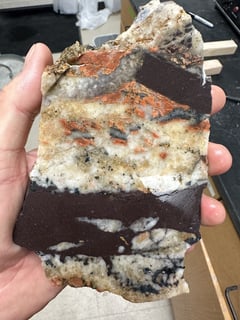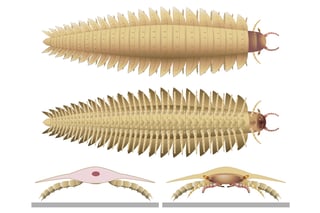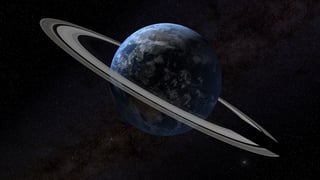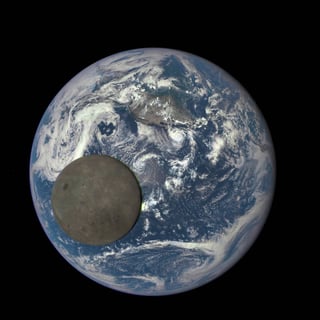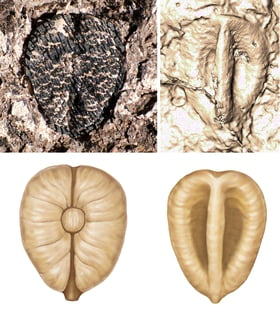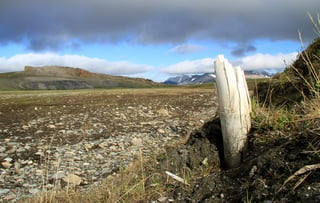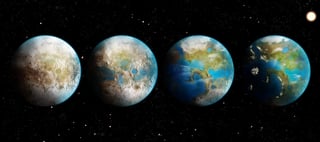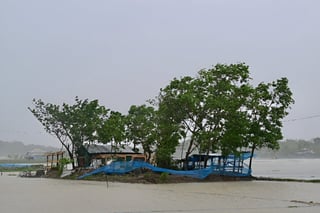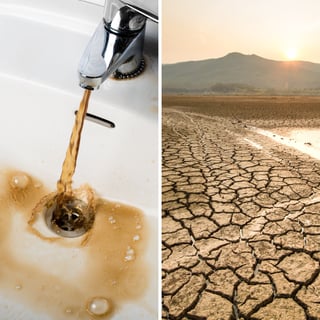Global Warming Historical Climate Events Antarctica Historical Climate Paleoclimatology Historical Climate Change Extreme Weather Events Ice Ages Impact on Earth's Rotation Plant Resilience Polar Motion Length of Day Variations Axis of Rotation Impact on Earth's Axis of Rotation Impact on Length of Day Length of Day Impact on Time Environmental Factors Day Length Glaciation Snowball Earth Theory Paleoecology Historical Climate Variations Biosphere Integrity Modeling Techniques Paleoclimate Studies Greenhouse Effect Remote Sensing Natural Archives Hydroclimate Future Climate Projections Greenhouse Gases Polar Regions Climate Models Glacier Retreat Historical Ice Melting External Factors Ice Retreat Impact of Climate Change El Niño Extinction Events Orbital Influence Ocean Circulation Renewable Energy Heatwaves Isotherms Emissions Cryosphere Global Cooling Ice Melting Polar Ice Melting Sea Level Rise Global Timekeeping Polar Ice Mass Changes Melting Ice Impact on Wildlife Future Projections Droughts Solar Eclipse Impact on Flooding Impact on Weather Impact on Weather Events Drought Carbon Sequestration Paleoclimate Human Impact Solar Effects Carbon Cycle Ocean Currents Water Scarcity Atmospheric Temperatures Effects on Sharks Heat Risks Impact on Species Late Quaternary

The research highlights solar-driven changes disrupting Earth's carbon cycle, leading to a gradual atmospheric transformation that will end complex life.
